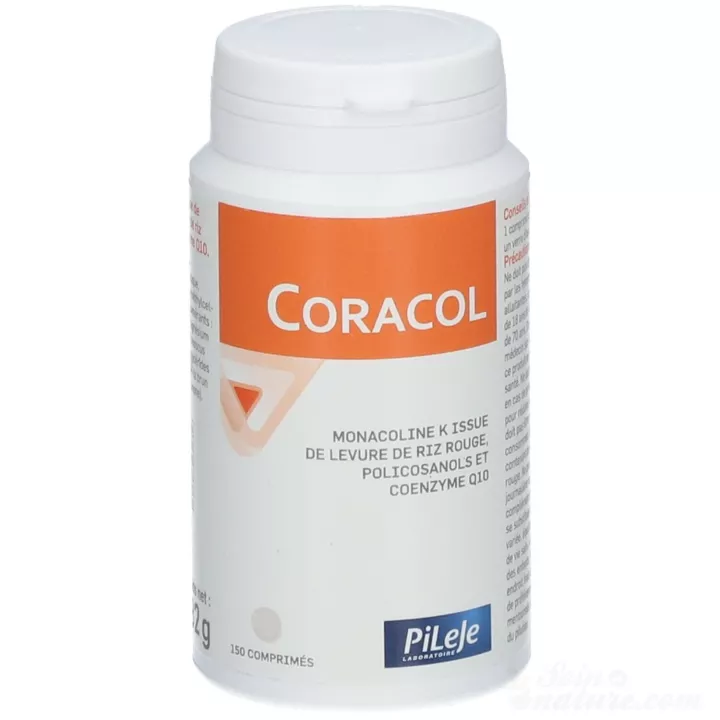What is Solaray Red Rice Yeast 600 mg used for?
Solaray Red Rice Yeast 600mg is guaranteed citrin-free and contains unsaturated fatty acids, which help maintain blood triglyceride levels. Cholesterol is a lipid molecule present in all animal cells and necessary for various biological functions. However, depending on the lipoprotein carrying it, it can be classified as "good" (HDL) or "bad" (LDL) cholesterol. This technical analysis focuses on the pharmacological profile of the two types of cholesterol and their clinical implications.
Cholesterol is an essential lipid molecule, present in all animal cells, where it contributes to a variety of biological functions, including the synthesis of cell membranes, steroid hormones and bile acids. However, cholesterol is transported in the blood by different lipoproteins, giving it distinct profiles and impacts on cardiovascular health:
- HDL (High-Density Lipoprotein) cholesterol: Often referred to as "good" cholesterol, HDL collects excess cholesterol from tissues and returns it to the liver for metabolism. A high level of HDL is associated with a reduced risk of cardiovascular disease, as it helps eliminate cholesterol from the bloodstream.
- LDL (Low-Density Lipoprotein) cholesterol: LDL, or "bad" cholesterol, transports cholesterol to peripheral tissues. However, when in excess, it can accumulate in arterial walls, promoting the formation of atheromatous plaques and increasing the risk of atherosclerosis, a major risk factor for heart disease.
Red Rice capsules from the Solaray laboratory act on the direct causes of bad cholesterol production to restore a balanced, healthy level. This product contains Red Rice Yeast extract (Monascus purpureus): 3.1 g per capsule.
The Chinese have known and used red yeast rice for many centuries toimprove circulation and significantly reduce the levels of unhealthy fats in the bloodstream, including cholesterol. Red yeast rice acts on the enzyme responsible for manufacturing excess cholesterol by neutralizing its functions, thus naturally regulating bad fat levels.
Red yeast rice contains monacolin K, which acts on the enzyme responsible for the overproduction of bad cholesterol to inhibit its synthesis, thus bringing the body's levels down to a stable level necessary for good health.
Are you looking for an effective, natural way to manage your cholesterol? Solaray Red Rice Yeast 600 mg could well be the answer to your needs. This red yeast rice-based formula has been developed for those seeking to improve their lipid profile, in particular their cholesterol levels.
The benefits of red yeast rice on lipid metabolism are supported by numerous clinical studies. This active ingredient has shown a notable ability to regulate LDL levels, often referred to as "bad cholesterol", while promoting an increase in HDL, or "good cholesterol".
In addition, red yeast rice contributes to a healthy cardiovascular system. So this dietary supplement is not only effective, it's also backed by science.
We also offer you Solaray Red Yeast Rice CoQ-10, at the best price in our online pharmacy.
How to use Red Rice Yeast
We recommend taking 1 capsule a day with a glass of water, during a meal.
What are the precautions for use?
- Keep tightly closed in a cool, dry place.
- Do not exceed recommended daily dose
- Keep out of reach of children
- Food supplements are not a substitute for a varied, balanced diet and a healthy lifestyle.
What is its composition?
Contribution per capsule
Non-irradiated red yeast rice (Monascus Purpureus)
600 mg
Vegetable cellulose and silica-based capsule. Citrinin-free.
Presentation : Box of 45 capsules
















